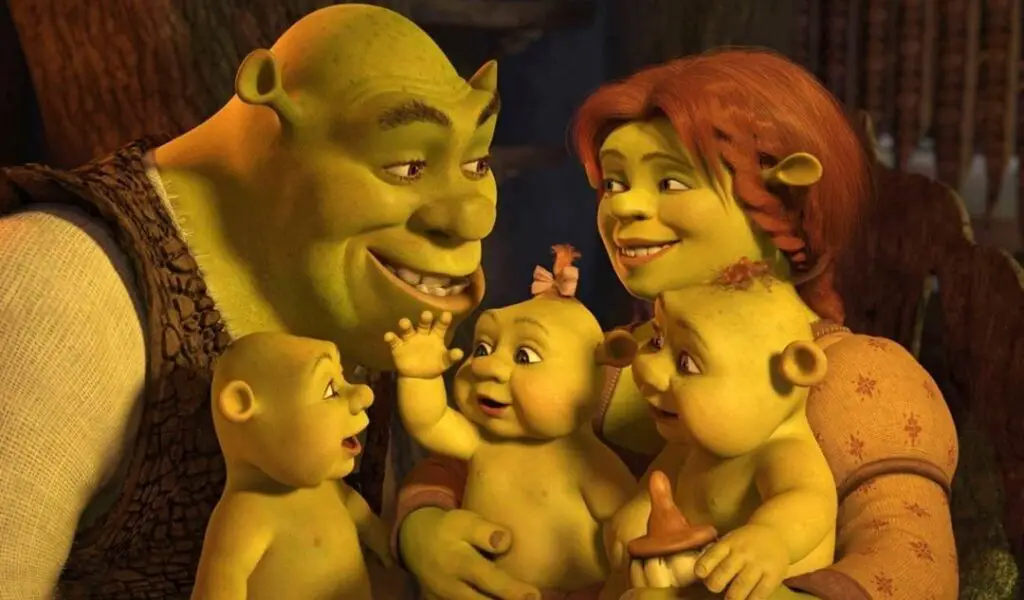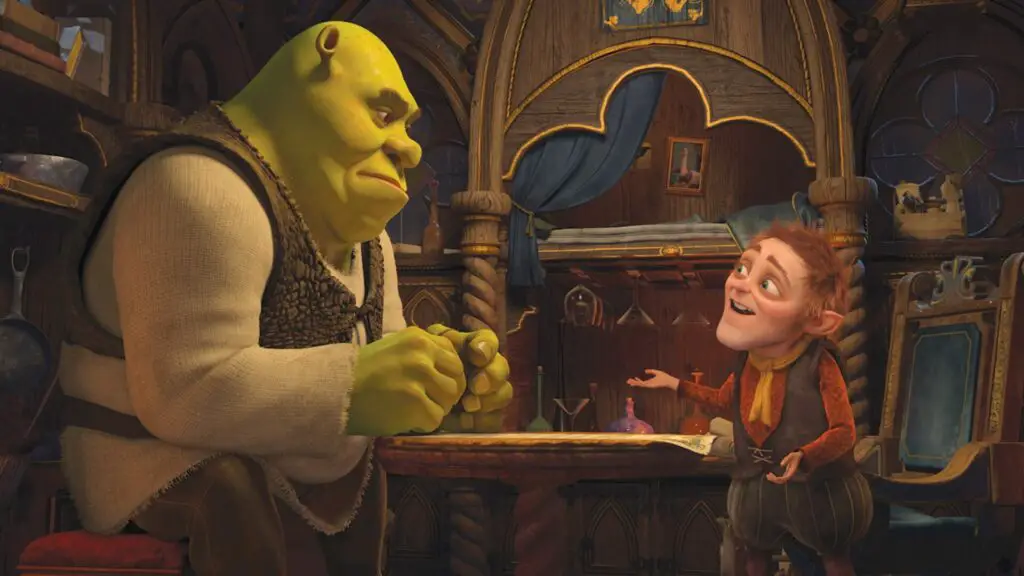The journey to create the Shrek we know today was layered and complex, much like an onion, a fitting metaphor given the character’s famous line in the film. Originally, “Shrek” was envisioned as a traditionally animated movie after Steven Spielberg bought the rights to William Steig’s children’s picture book in 1991. However, the project eventually transitioned to DreamWorks, where it underwent numerous transformations.
Initially, DreamWorks sought to create the movie using motion capture technology, but this approach yielded poor results, leading to a shift towards the final CGI animation style. During this period, the late Chris Farley was hired to voice Shrek. He recorded nearly all his dialogue before his untimely death in 1997. Mike Myers then took over the role, famously deciding to give Shrek a Scottish accent after a rough cut viewing, thus altering the character’s voice entirely.
“Shrek” was directed by Andrew Adamson and Vicky Jenson and released in the United States in May 2001. It quickly became a box office hit, grossing $491.8 million worldwide on a $60 million budget. The movie’s success led to a series of sequels, spin-offs, and even a stage musical adaptation. Currently, “Shrek 5” is in development at DreamWorks Animation, with the original voice cast expected to return, continuing the legacy of this beloved ogre.
The Cultural Impact of Shrek

Shrek’s journey from an early animation test to a full-fledged cultural phenomenon highlights the evolution of animation technology and storytelling in cinema. The film not only redefined the landscape of animated movies but also resonated with audiences of all ages due to its unique blend of humor, heart, and a touch of irreverence. It broke the mold of traditional fairy tales and offered a fresh, modern take on the genre.
The character of Shrek, with his distinctive look and personality, has become an icon in popular culture. The film’s impact extends beyond the screen, influencing merchandise, theme park attractions, and even internet memes, showcasing the enduring appeal of the character and the story.
Furthermore, the success of “Shrek” opened doors for DreamWorks Animation, solidifying its position as a major player in the animation industry. The film’s innovative use of computer-generated imagery (CGI) set new standards for visual storytelling and inspired a wave of CGI-animated films that followed.
As fans eagerly await the release of “Shrek 5,” the rediscovery of the original test animation serves as a reminder of the humble beginnings of this now-iconic character. It offers a unique opportunity for audiences to appreciate the creative process behind one of the most beloved animated films of all time. The early animation test is not only a piece of cinema history but also a testament to the ever-evolving art of animation and the timeless appeal of Shrek’s story.
In conclusion, the resurfacing of Shrek’s early test animation is a significant event for both cinema history and fans of the franchise. It provides a fascinating insight into the character’s development and the creative decisions that shaped the final film. This rare find reminds us of the power of animation to bring to life characters and stories that captivate and endure, leaving a lasting impact on audiences worldwide.


